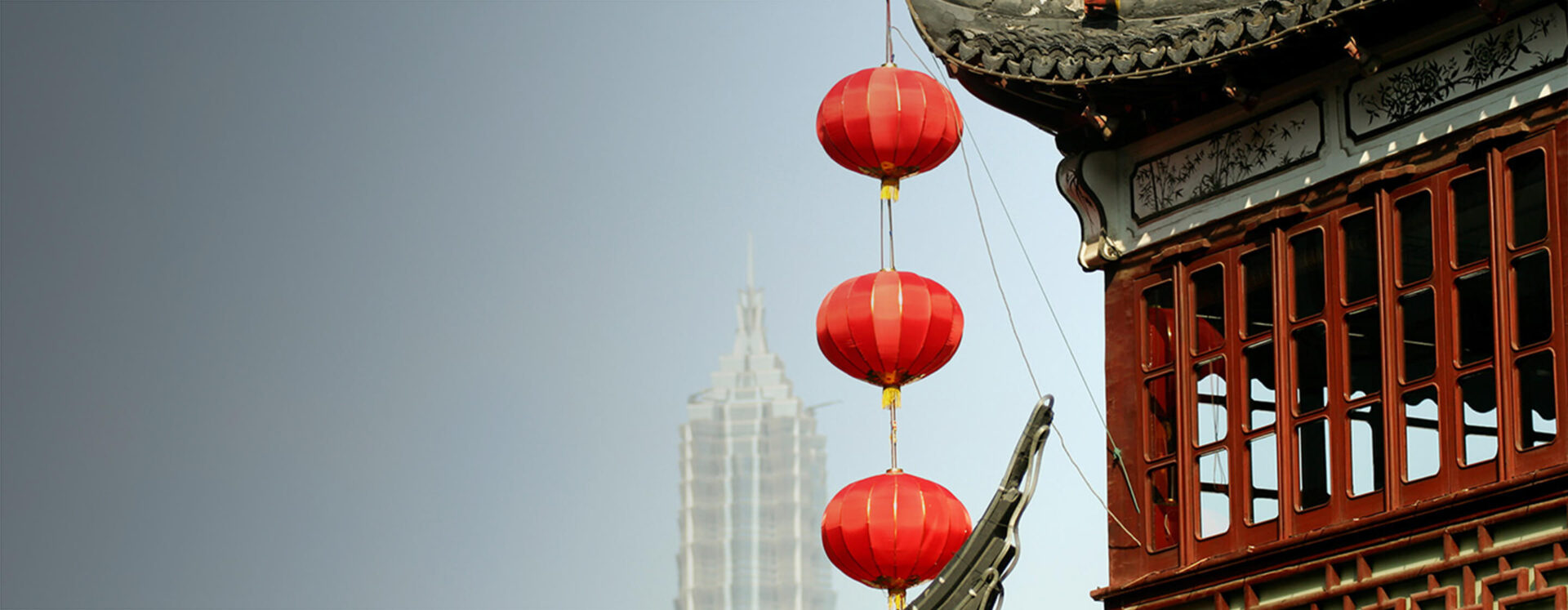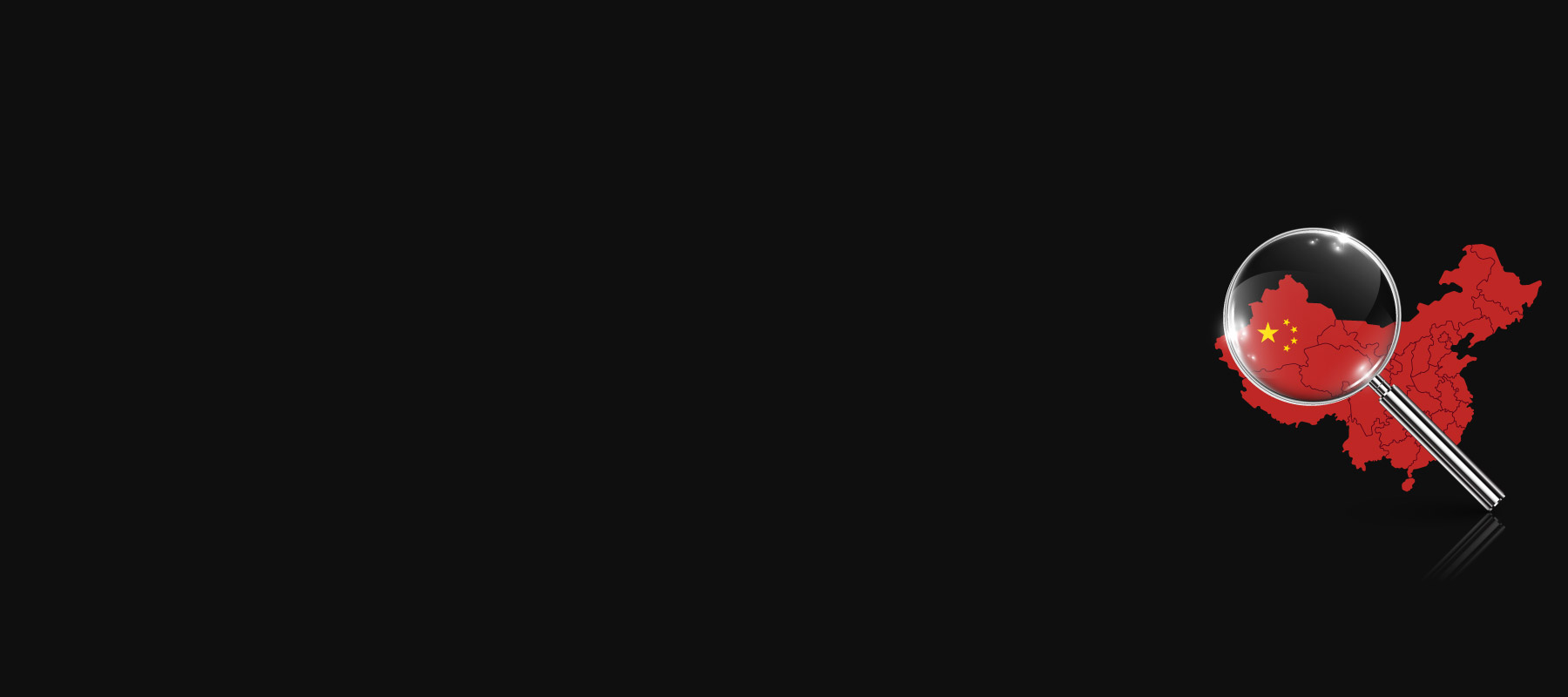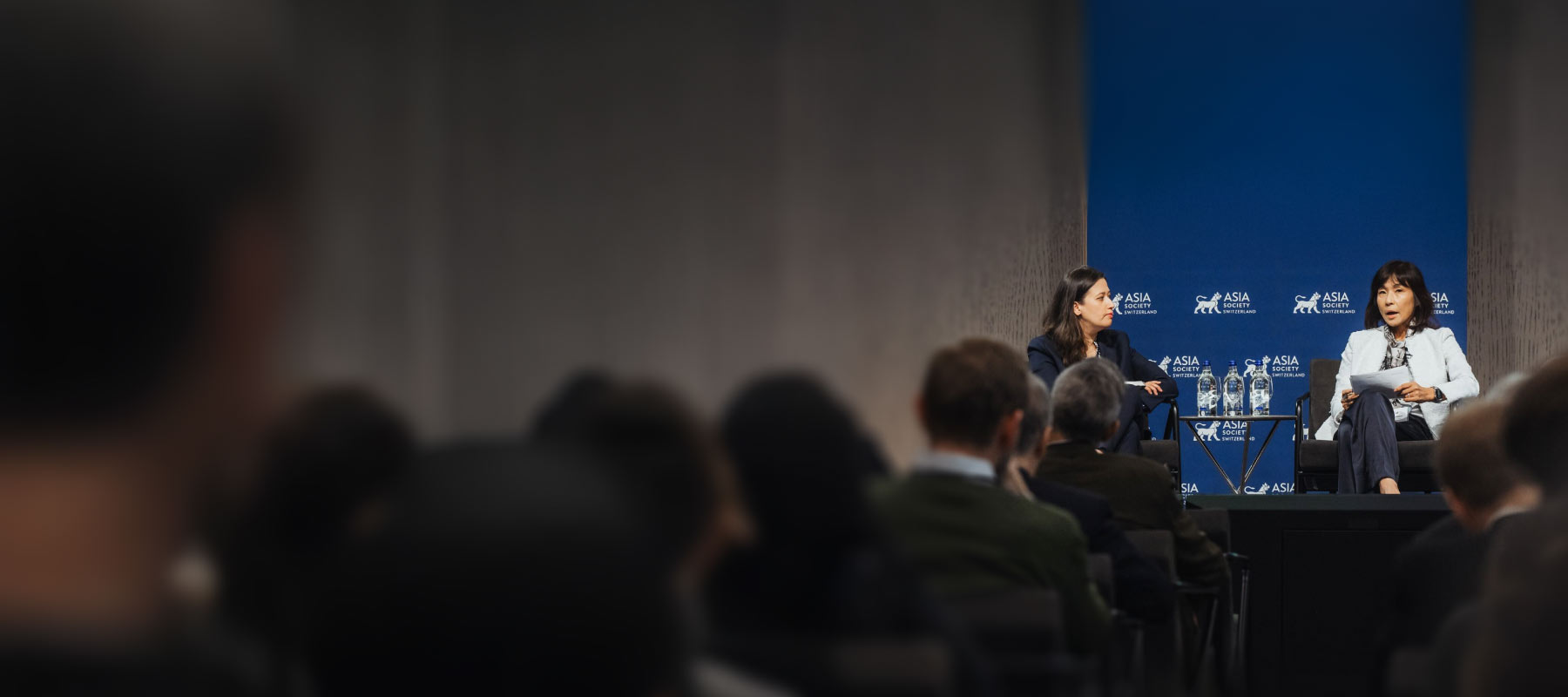
Defining China: A rising, fragile global power
China is not part of the emerging markets; nor Brics, nor Chindia. China is itself, and has to be understood on its own terms.
Among the many daunting questions the planet is facing, the most important in the early 21st century, is the Chinese question.
Will China’s peaceful rise succeed, or will it fail? How will Chinese society evolve? How will the world adapt to a China rising not only economically, but also geopolitically and militarily?
There is an understandable visceral desire to be optimistic. “Things will be okay”; “All that the Chinese really want is to be economically successful”; “Maoism has been metamorphosed into materialism”. There is, of course, some of that, but complacency and wishful thinking are dangerous. It is imperative to face reality with a hard, analytical look.
The first essential question is: What is China? Into what kind of conceptual framework does China fit? Getting one’s bearings right is imperative for successful navigation. What strikes me, however, is how we seem to be getting it wrong.
All too often supposedly respectable publications use phrases like “China and other emerging markets”? China is not an emerging market; or certainly, that is not the term that most usefully defines it. It is not in any way like “other” emerging markets. China is China.
While all countries from tiny St Kitts & Nevis to giant China are unique, China is UNIQUE in capital letters. It is analytically misleading to put it into some artificial collective “genre”.
The sloppiest categorization of China is the catchy but meaningless term “the Brics”. Brazil, Russia, India, China and South Africa have very little in common. In no way do they constitute a collective entity – whether culturally, politically, socially, economically, demographically or geopolitically. The Brics buzz word stuck because it was a substitute for thinking.
From a narrower Asian continental perspective, there was a short-lived use of the term “Chindia”, to refer to China and India: the two “Asian giants”. Though there are things China and India share, they are fundamentally two very different specimens with two very distinct histories – China became a unified centralized state in the 2nd century BC under the Qin Dynasty, India not until the Mughal Dynasty some 18 centuries later.
In the modern era, China was frequently attacked and invaded, but it did not become a Western (or Japanese) colony. British colonialism in India lasted close to two centuries.
Poor, Chinese and communist?
Back in the early 1970s, when I was a university lecturer in Britain, a sinologist friend, Jack Grey, used to preface his presentations by saying that “to understand China it’s important to remember that it is (a) poor, (b) communist and (c) Chinese”.
Nowadays, it is certainly still Chinese! Though there is still poverty in China, as the world’s first or second biggest economy, with the world’s greatest number of billionaires, and a massive urban middle class of at least half a billion, it is certainly not as poor as it was.
Is it communist? There is the famous story that when negotiating the return of Hong Kong, Margaret Thatcher asked Deng Xiaoping, “Socialism with Chinese characteristics, what does that mean?”, to which he replied, “Anything you want it to”.
It may be apocryphal, but it captures the essence.
China is still a totalitarian dictatorship under the rule of the Communist Party. With tensions between the US and China, especially in the South China Sea, there is talk of a “new cold war”.
But China doesn’t at all resemble the old Soviet Union. Remember all those millions and millions of Soviet tourists flocking to France, Italy, Japan, Hong Kong, South Korea …? Of course not. The only Soviet tourist destination was well behind the Iron Curtain: in Crimea!
What about all those sons and daughters of senior Politburo members going in droves to study in American Ivy League schools, as well as in Europe and Australia? Again, there were none: It was the Cold War! One might also mention those billions of US dollars (trillions of yuan) that were not invested by Soviet firms and wealthy individuals all over the world in mines, plantations, manufacturing sites, real estate, railways, ports and so on. And, in passing, it is difficult to remember all those Soviet people buying European luxury goods and French premium wines like there was no tomorrow.
The “new cold war” scenario is widely amiss. So, what is China?
The essence of today’s China
The best (not suggesting it’s perfect) way I can think of is to define China as a rising global power with great ambitions, but fragile in many ways.
That it is a rising global power is beyond debate. It is present economically in virtually every nook and cranny of the planet. It has a growing military arsenal and expansionary ambitions – in the South China Sea and increasingly the Indian Ocean. It is a nuclear power. It has a grand vision, recently articulated in the New Silk Road – inelegantly referred to as One Belt-One Road.
But it is fragile. Its power is almost exclusively hard; its soft power is weak. It has territorial disputes with virtually all its neighbours. The strained ties with Taiwan and Hong Kong are at the very least an irritant, possibly more. The country that it was counting most upon to be its gateway to the European Union – a bit like Hong Kong was in the past the gateway to China – was the United Kingdom and now it’s gone and left the EU.
China is rich in gross domestic product, but poor in resources, compared to its needs.
To cite the most critical example: China has 18% of the world’s population, but 7% of its arable land. Ensuring not just food supply but equally importantly food security is an obsession in Beijing that is absent in the capitals of the other global powers, notably Washington.
China has many internal contradictions. It may be relatively politically stable now. But how long can the CCP remain in power? No one dictatorial party has had a lifespan of more than 75 years, for example, the CCCP in the Soviet Union (74 years) or the PRI in Mexico (71 years).
There is internal factionalism. Probably the most important question about the CCP is whether it can sustain political power if it cannot sustain economic growth. The environmental disaster question cannot be ignored.
Then there are the generation gaps. A Chinese my age (70) has had a brutal existence: the end of the devastating war with Japan, then the Civil War, then the Liberation and all the purges that followed, then the Great Leap Forward, followed closely by the Cultural Revolution. So all that my Chinese contemporaries want is peace and stability.
The upcoming millennial generations, however, have experiences that are totally different in virtually every respect, and have different expectations.
The differences are notable in respect to siblings: A Chinese from my generation is likely to have had seven or even eight brothers and sisters, half of whom, perhaps more, died young. China is witnessing the rise of a generation of which almost all were single children. (I strongly recommend an excellent book on this subject: Wish Lanterns: Young Lives In New China by Alec Ash.)
Whether these demographics make China more or less fragile remains to be seen, but it certainly makes it different, adding another layer to its UNIQUE identity.
China is complex. It will not become less so with time. Simplistic definitions or categorizations result in simplistic (and wrong) analysis.
I am not claiming mine is perfect, but I think the words “rising”, “global”, “fragile” and “power” seem to capture the essence of what China is today.
Jean-Pierre Lehmann is Emeritus Professor of International Political Economy at IMD, Founder of The Evian Group@IMD and Visiting Professor at the University of Hong Kong and NIIT University in India.
A version of this article was published in Straits Times.
Research Information & Knowledge Hub for additional information on IMD publications
What a difference twelve months make. A year ago, there were only faint signals of a potential luxury slowdown. However, since spring, the downturn has sharply intensified across luxury goods sectors, including fashion, accessories, watches, cars ...
China has set a bold objective to become the global leader in AI by 2030. By 2030, AI could potentially add $600 billion to China's economy annually. The country hosted over 4,500 AI companies in 2024, representing 15% of the global total. China i...

The world's second-largest economy will need to balance domestic reforms with its global ambitions as exporters brace for a new set of tariffs from US President-elect Donald Trump.

At the end of last year, IMD professors outlined their expert predictions for 2024. Read on to find out who was proved wonderfully right by events, and whose crystal ball was occluded by the stormy clouds of a turbulent year.

A complex interplay of demographic shifts, trade tensions, and structural reforms is reshaping Asia’s major economies with domestic and geopolitical pressures posing different challenges and opportunities for Japan, China, and India.
Companies don’t operate in a vacuum. Corporate leaders have to navigate political dynamics, and in Chapter 12 we discuss nonmarket strategies. But there’s a global dimension to sustainability that’s worth a separate discussion. Will rising geopoli...
With stagnant import volumes since 2021, and import prices at levels below those suggested by fundamentals, foreign exporters face an uphill battle to convert access to the Chinese market into revenues. Notably, the volume stagnation predates the ...

India and Indonesia's manufacturing and resource capabilities position them as potential counterweights to China. But can these two Asian economies overcome their internal challenges to meet international expectations?
World exports of goods and services enjoyed boomtime growth in the 1990s and early 2000s. Since 2008, trade in goods – specifically manufactured goods – have plateaued; services exports have not. Services trade continues to ride the go-go growth p...
Basel (Switzerland), March 2024. The acquisition of Syngenta by ChemChina in 2017 was a major event for the agricultural industry and, with a price tag of $43 billion, the largest ever foreign acquisition by a Chinese firm. A number of issues were...
Research Information & Knowledge Hub for additional information on IMD publications
Research Information & Knowledge Hub for additional information on IMD publications
Research Information & Knowledge Hub for additional information on IMD publications
in I by IMD 20 December 2024
Research Information & Knowledge Hub for additional information on IMD publications
in I by IMD 20 December 2024
Research Information & Knowledge Hub for additional information on IMD publications
in Binder, Julia Katharina (Ed.); Haanaes, Knut Bjarne (Ed.) / Leading the sustainable business transformation: A playbook from IMD, pp. 47-57 / Hoboken: Wiley, 2025
Research Information & Knowledge Hub for additional information on IMD publications
Research Information & Knowledge Hub for additional information on IMD publications
in I by IMD 13 December 2024
Research Information & Knowledge Hub for additional information on IMD publications
The World Trade Organization Report / Trading with intelligence: How AI shapes and is shaped by international trade, p. 26 / 2024
Research Information & Knowledge Hub for additional information on IMD publications
Research Information & Knowledge Hub for additional information on IMD publications

